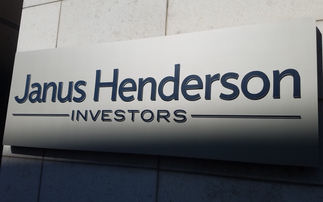Dermot Campbell looks at the difference between alternative investment funds and discretionary portfolios in the context of EIS and SEIS funds and explains why advisers might consider recommending them
Enterprise investment scheme (EIS) and seed EIS (SEIS) funds are slightly unusual because, while they do not really exist, according to HMRC figures to the end of January, they have still accounted for more than £12bn worth of investment since their launch. So why recommend EIS and SEIS funds? There are lots of reasons, including tax reliefs, which - when coupled with competitive fees and thorough due-diligence - can result in lower-risk returns. In order to take advantage of EIS or SEIS reliefs, your client must invest in the underlying companies directly and there cannot be a legal ...
To continue reading this article...
Join Professional Adviser for free
- Unlimited access to real-time news, industry insights and market intelligence
- Stay ahead of the curve with spotlights on emerging trends and technologies
- Receive breaking news stories straight to your inbox in the daily newsletters
- Make smart business decisions with the latest developments in regulation, investing retirement and protection
- Members-only access to the editor’s weekly Friday commentary
- Be the first to hear about our events and awards programmes







